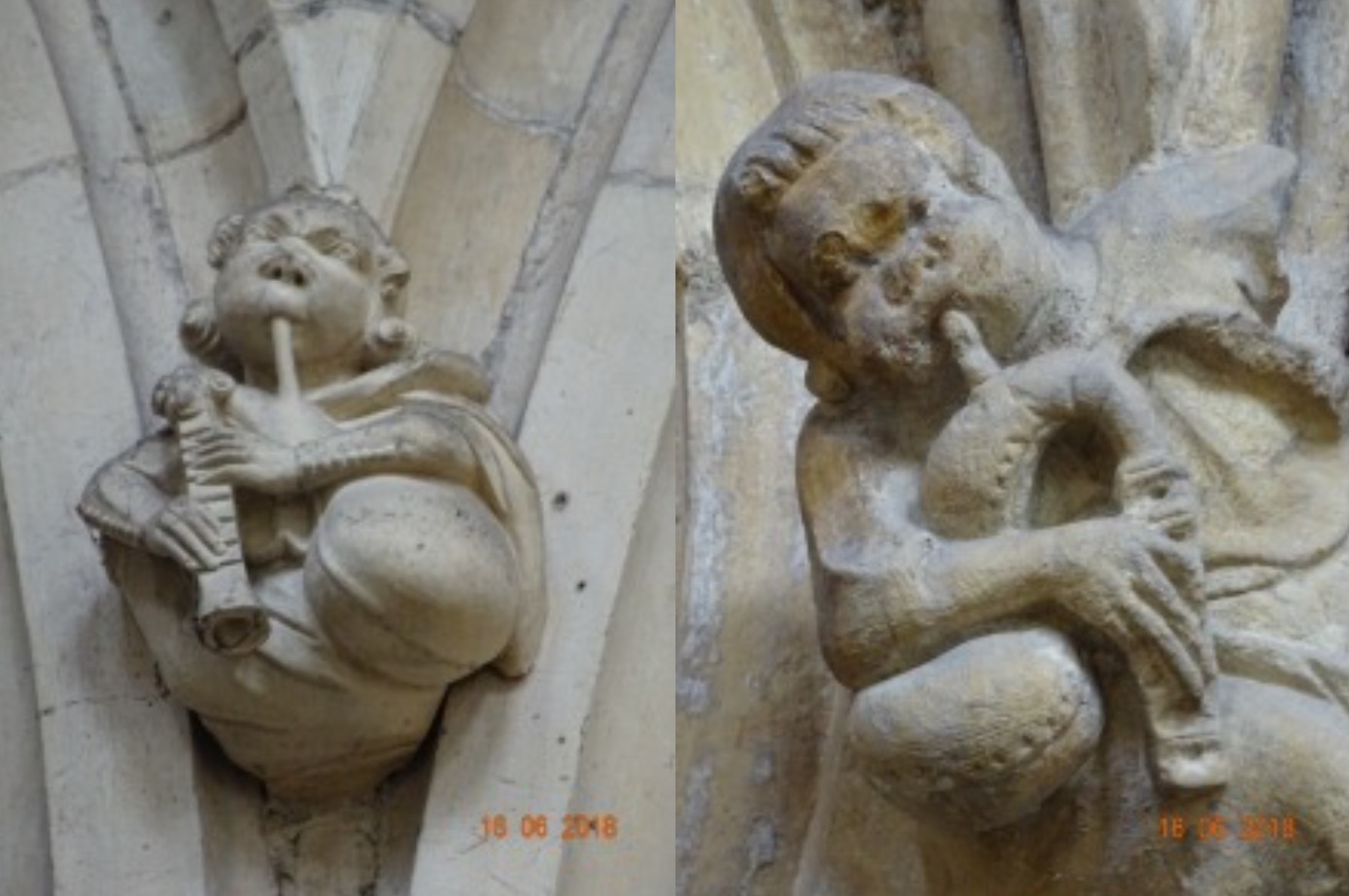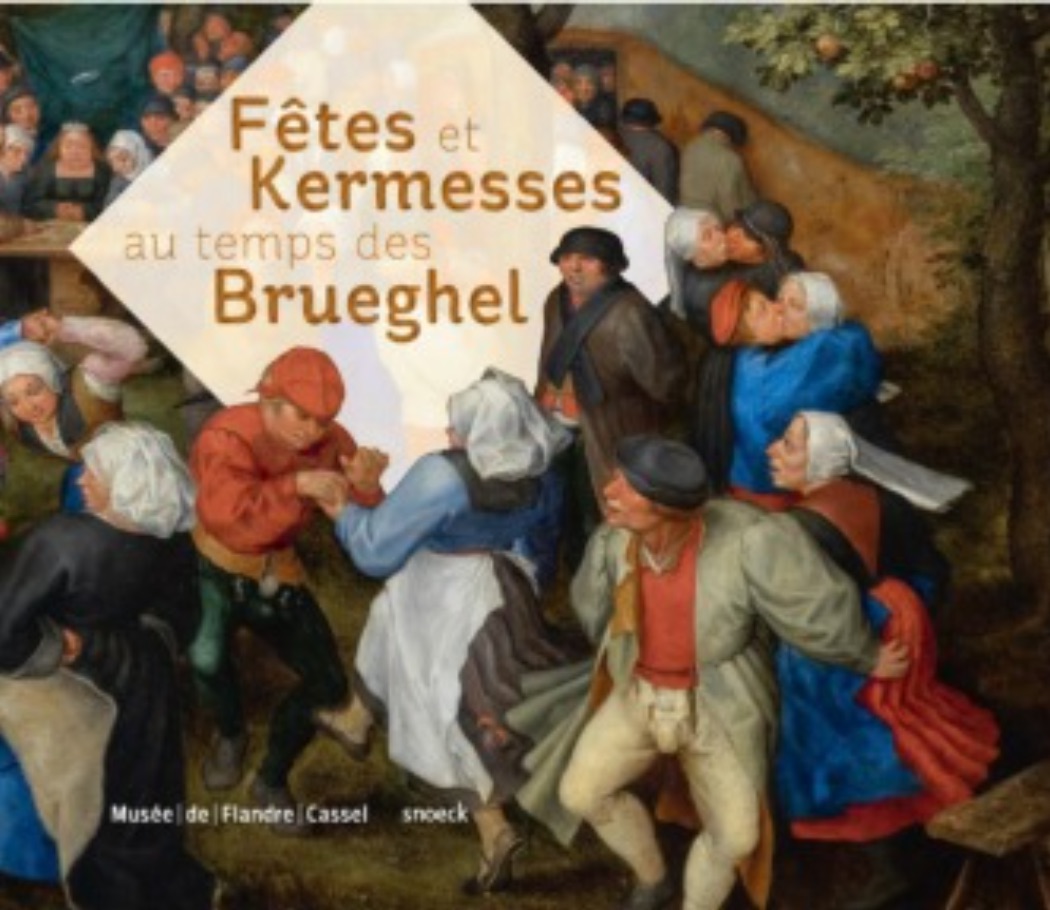The Bagpipe Society
Where to go next
Having, hopefully, given you some new ideas and interest in the history of bagpipes, I asked a few people where they could go next to explore. ‘History’ is, of course, relative and there are a vast range of options depending on your interests but here are just a few suggestions:
Piper, Lizzie Gutteridge suggested that if you would like to play medieval music, then you may wish to consider the three editions she has published of medieval music arranged for bagpipe ensemble: “Three books of Medieval music arranged for bagpipe ensemble, with a mixture of original harmonies and counter melodies and new arrangements by Lizzie Gutteridge. Book one is for 3 G bagpipes playing together, book to is for G and low C pipes playing together, and book 3 is for G and low D pipes. Consort of 1’s shop also has CDs of Medieval and Renaissance music from groups Lizzie is involved with, all of which have a few bagpipe tracks alongside the shawms, recorders and other early instruments. See www.consortof1.co.uk/shop”

Jon Swayne: I have recently been contacted by someone researching French/Euro music and dance and the Bal scene in England as part of the folk course at Newcastle. I listed some of the influences on me and the members of Blowzabella such as Le Grand Rouge, La Bamboche, Melusine and La Chavanée, who were active around or before 1976, the year in which the first St Chartier festival took place. It strikes me now that for someone of my age, that era was relatively recent, but for someone now aged, say, 30 - not exactly a babe-in-arms - 1976 is 14 years before he was born. That means that my 1976 would be 1926, which could, without much doubt, be termed history. The story of the bagpipe and hurdy-gurdy in central France in the ‘70s is very rich and worth studying. In relation to the above bands the website https://rateyourmusic.com/ is a place to start.
Peter Barnard nominated a visit to Beverley Minster. As well as many carvings of bagpipers, there are lots of other medieval instruments being played.
Ian Harrison not only plays in a number of his own groups (Les haulz et les bas, The Early Folk Band and Contraband) but he has guested on bagpipes on other group’s recordings. Whilst none of them are bagpipe exclusive, they are all excellent recordings of early music and worth seeking out. More information on Ian, Gesine, their recordings and ensembles can be found by visiting https://les-haulz-et-les-bas.com/ and https://early-folk-band.com/ and then clicking on the various links. Ian has also recommended recordings by Ensemble Oni Wytars. https://www.oniwytars.de/index I certainly agree with this recommendation and their CDs feature ensemble member Peter Rabanser on pipes (and other instruments) as well as Ian. Finally, he suggests The Society of Strange and Ancient Instruments, directed by Clare Salaman. Their show and CD of Nine Daies Wonder (2014) is a delight. https://www.strangeandancientinstruments.com/

Personally, I have so many ideas for where to go next to explore the history of bagpipes and bagpiping! But there are two that spring to mind. Tapping into my favourite period and my favourite loves, late 16th/early 17th century and mixing bagpipes, social history and Dutch Genre art is a book entitled “Fetes et Kermesses au temps des Brueghel”. It is basically the catalogue from an exhibition which was in the Musee de Flandre in Cassel in 2019. The text is in French but don’t let that put you off, it contains a wonderful selection of paintings, 95% of which seem to contain a bagpiper somewhere! The exhibition was staged to commemorate the 450th anniversary of Pieter Breughel the Elder and all his familiar paintings are in there plus so much more. http://bit.ly/Chanter112 (exhibition catalogue) http://bit.ly/Chanter113 (ABE Books for Catalogue)

We are often left to wonder how the old masters played their pipes as so few archival recordings exist. But Cätlin Magi has done just that and has transcribed a collection of recordings of torupil master player, Juhan Maaker, popularly known as Torupilli Juss. This is the result of a huge amount of research on Catlin’s part and the project was developed over a number of years and those who saw her at the Blowout in 2017 will no doubt remember her presentation about her research into these very early, scratchy and barely audible recordings. However, hardwork and perseverance has paid off. CD1 consists of 47 original recordings of Toruplli Juss made in and about 1921 on CD2, 100 years later, Catlin plays her interpretation of them. The CD contains a full explanatory booklet. These recordings are, however, available for free download from her website https://catlin.ee/en/paras-paar-torupilli-juss-catlin-magi/ A fascinating ‘compare and contrast’!
- Data Processing Notice (GDPR)
-
@BagpipeSociety on X (formally known as Twitter)
-
TheBagpipeSociety on Instagram
-
 BagpipeSociety on Facebook
BagpipeSociety on Facebook
Something wrong or missing from this page? Let us know!
